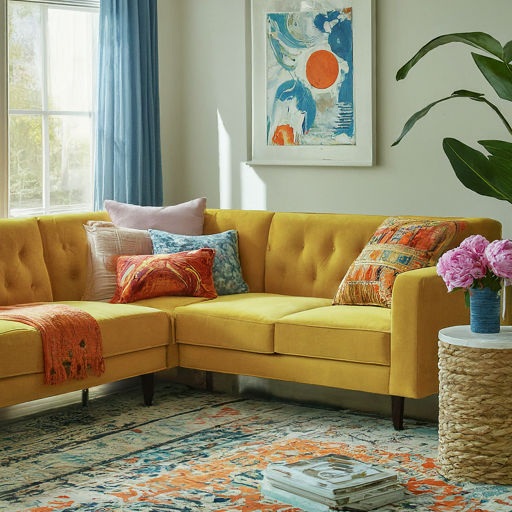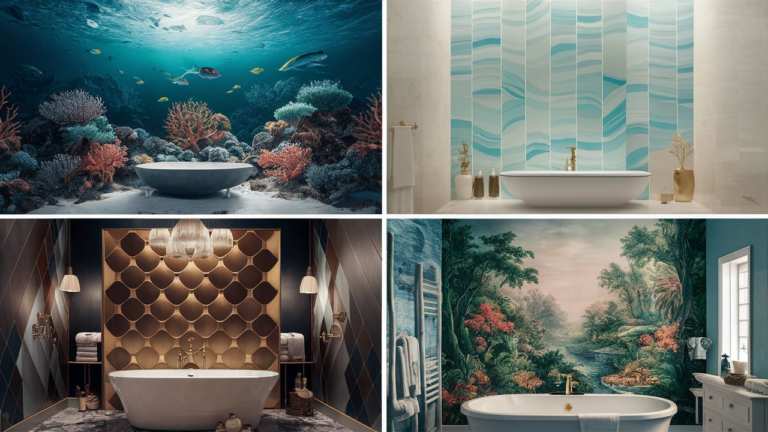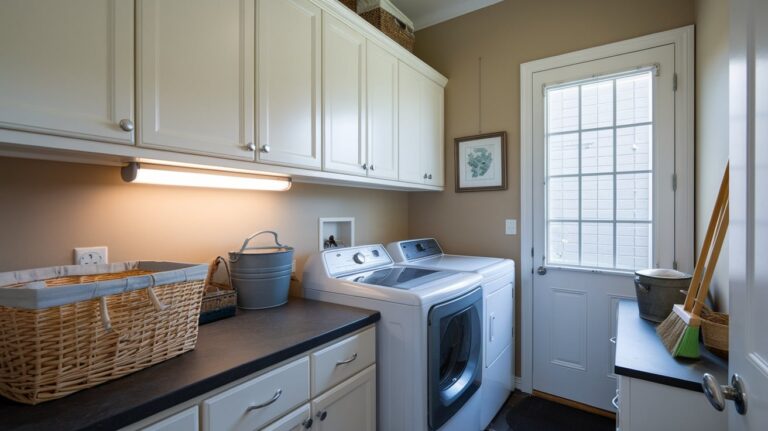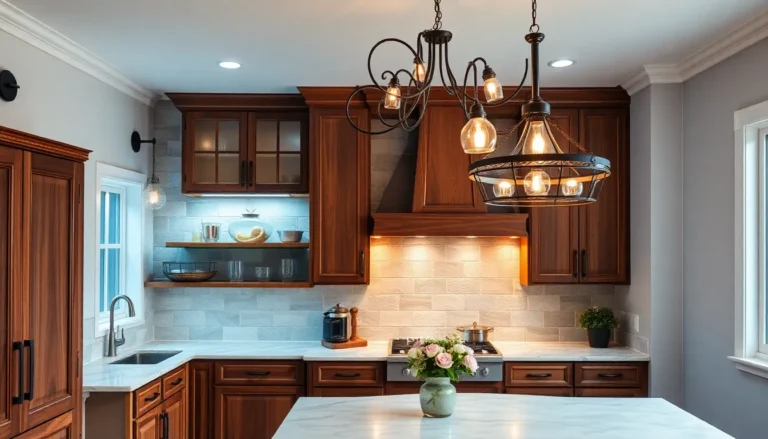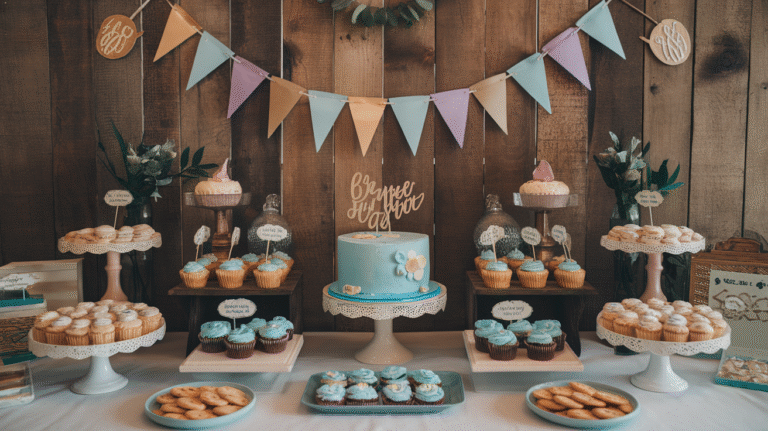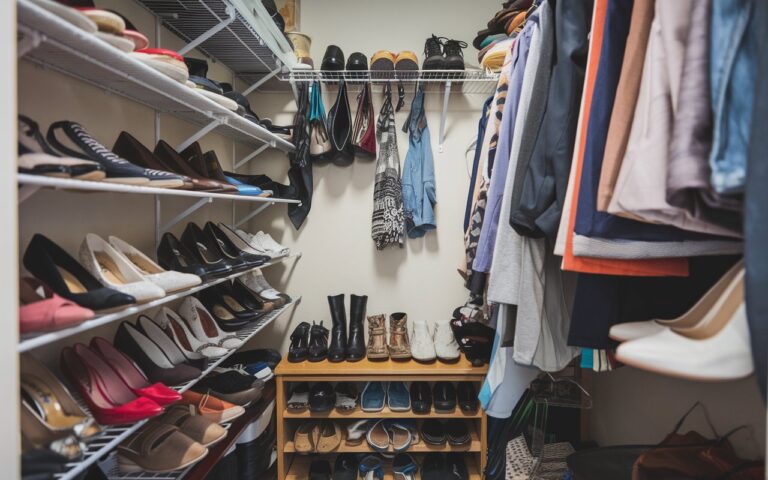25 Best Paint Colors for Your Garage (That You’ll Actually Love)

So, let’s be honest for a second. Most garages look… well, like dungeons.
I’ve been down this road myself. I once painted my garage “just white” and thought, “Yeah, this will look clean forever.” Spoiler alert: it didn’t. After three months, it looked like a mechanic’s rag.
Today, I’m walking you through the 25 best paint colors for your garage, along with a little personality behind each choice.
Why Paint Color Matters in a Garage
Ever notice how a garage can set the tone for your whole house? Walk into one that’s bright and organized, and you instantly feel like the homeowner has their life together. Walk into one that’s dark, dingy, and smells like oil spills? Yeah, you get the point.
The right paint color does three big things:
- Boosts lighting. Garages don’t usually get much natural light, so color can make or break the vibe.
- Hides dirt. Newsflash: garages get dirty. Choosing a color that doesn’t show every dust particle is a game changer.
- Sets the mood. Want it to feel like a slick car showroom? Or more like a cozy hangout spot? Color decides that.
So let’s break down the best options.
1. Classic White
White is the “default,” but don’t dismiss it too quickly. It makes the garage feel bigger and brighter, especially if you use LED lighting. But here’s my tip: go for an off-white or eggshell white instead of pure bright white. Pure white shows everything, including every bug that’s ever set foot in your garage.
2. Light Gray
Want sleek but not boring? Light gray is the answer. It hides dust better than white and still reflects a ton of light. Plus, it works with any garage floor color, whether you’ve got bare concrete, epoxy, or those snap-together tiles you swore you’d install but never did.
3. Charcoal Gray
Darker, moodier, and modern. Charcoal gray screams luxury car showroom vibes. If you’ve got a sports car you’re proud of, this is the backdrop that makes it pop. Just pair it with good lighting so you don’t feel like you’re parking in a cave.
4. Beige
Some people roll their eyes at beige, but listen: it’s practical. It hides dirt, it feels warm, and it doesn’t overwhelm the space. IMO, beige is like that reliable friend who always shows up on time—maybe not flashy, but dependable.
5. Taupe
Taupe is beige’s cooler cousin. It has just enough gray undertone to feel modern without going full industrial. If you want something neutral but stylish, taupe nails it.
6. Navy Blue
Navy makes a bold statement. It’s rich, sophisticated, and looks amazing if you’ve got white trim or cabinets in the garage. But fair warning: it can make small garages feel a little tighter. Still, if you want that “wow” factor, navy delivers.
7. Sky Blue
Light blue shades bring in a calm, refreshing vibe. Perfect if your garage doubles as a gym or hobby space. Ever notice how lighter blues almost make you forget you’re in a garage? It’s like tricking your brain into thinking you’re outside.
8. Hunter Green
Okay, this one’s not for everyone, but if you’re into earthy tones, hunter green is a solid pick. It gives the garage a rugged, outdoorsy feel—like you’re in a cabin workshop.
9. Olive Green
Less bold than hunter, olive feels more modern and less “forest ranger.” It’s a nice middle ground that works with both wood tones and metal finishes.
10. Black
Yep, black. People either love it or hate it. Black walls create a dramatic, high-contrast look, especially if your garage lighting is strong. It hides dirt well but can make the space feel smaller. Use it if you want that sleek, industrial vibe.
11. Light Tan
A softer version of beige, light tan feels warm without being overwhelming. It’s also one of the most forgiving colors when it comes to dirt and scuff marks.
12. Cream
Cream is basically white’s laid-back sibling. It’s softer, warmer, and more welcoming than pure white. Perfect for a garage that doubles as a hobby or laundry space.
13. Stone Gray
Stone gray is earthy, grounding, and pairs beautifully with epoxy floors. It’s a color that makes your garage feel more like an extension of your home instead of a random storage space.
14. Slate Blue
Slate blue is a blend of gray and blue that adds depth without overwhelming the space. It’s modern, slightly moody, and works great for larger garages.
15. Terracotta
Want something unexpected? Terracotta brings warmth and character. It gives off Mediterranean vibes and makes the space feel cozier. It’s bold, but in the right garage, it’s stunning.
16. Mustard Yellow
Now, before you laugh—hear me out. Mustard yellow brings energy and brightness without feeling like a neon highlighter exploded. It’s actually a great color for workshops because it keeps the space lively.
17. Rust Red
Rust tones make the garage feel grounded and industrial. It’s not everyone’s taste, but if you like warm, bold colors, this one packs a punch.
18. Light Green
Soft, pale greens are refreshing and surprisingly versatile. They give a clean, outdoorsy vibe that works well if you’re using the garage for gardening tools or as a multipurpose space.
19. Warm Gray
Warm gray sits between beige and gray, making it perfect if you can’t decide between the two. It’s neutral but not boring, and it pairs well with both modern and classic garage styles.
20. Dark Brown
Dark brown brings a rich, woodsy feel. It hides dirt like a champ but definitely makes the garage darker, so pair it with strong lighting.
21. Soft Yellow
Unlike mustard, soft yellow feels cheerful and light. It makes small garages feel sunnier and more open, which is always a win.
22. Steel Blue
Steel blue is modern, slightly masculine, and works perfectly for garages with lots of metal shelving and tools. It just feels “garage-y,” if that makes sense.
23. Off-White
Not quite cream, not quite white—off-white is the safe zone. It gives you brightness without that sterile hospital vibe.
24. Greige
Yes, greige. The lovechild of gray and beige. It’s trendy, neutral, and timeless all at once. If you want one color that works for literally any garage style, greige is it.
25. Two-Tone Combo
Okay, I’m cheating here, but sometimes the best choice isn’t one color—it’s two. For example:
- Light gray walls with a charcoal accent wall
- White walls with navy trim
- Beige walls with a dark brown baseboard
Two-tone designs keep things interesting and let you highlight certain areas, like a tool wall or gym corner.
Tips for Choosing the Right Garage Color
Alright, so now you’ve got 25 solid options. But how do you actually pick one without overthinking it? A few quick tips:
- Match the floor. If you’ve got epoxy flooring, pick a color that complements it.
- Think about light. Darker colors need brighter lighting, so don’t paint the garage black if you’re rocking a single dim bulb.
- Consider the purpose. A workout garage? Go with energetic colors like blue or yellow. A car showroom? Stick to grays or blacks.
- Test first. Paint a small section before committing. Trust me—colors look very different under garage lighting.
Final Thoughts
Painting your garage isn’t just about slapping on a coat of color—it’s about creating a space that feels clean, functional, and maybe even a little stylish. Whether you go with safe classics like light gray or beige, or bold choices like navy or black, the right paint color can completely change how you feel every time you walk in there.
So, which one are you leaning toward? Going bold with navy, or keeping it sleek with gray? Whatever you choose, just remember: your garage deserves more than “contractor white.”
FAQs About Garage Paint Colors
1. What’s the most popular garage paint color?
Light gray and white are the top choices because they’re clean, modern, and brighten up the space.
2. What type of paint works best in a garage?
Always use an interior/exterior latex paint with a satin or semi-gloss finish. It’s easier to clean and resists moisture.
3. Can I paint my garage ceiling too?
Yes! In fact, painting the ceiling white or light gray reflects light and makes the garage feel bigger.
4. Will dark colors make my garage too small?
Not necessarily. With the right lighting, dark colors like black or navy can look sleek instead of cramped.
5. Should I match my garage walls to my house interior?
You don’t have to, but it looks more cohesive if your garage feels like an extension of your home.
6. What’s the easiest color to keep clean?
Medium shades—like taupe, greige, or light gray—hide dirt and scuffs the best.
7. Can I mix two colors?
Absolutely. Two-tone walls or accent walls can make your garage look more polished and intentional.
8. Do I need special primer for a garage?
Yes. Use a stain-blocking primer if your garage walls have oil spots or marks.
9. How long does garage paint last?
With the right prep and finish, a good paint job can last 7–10 years.
10. Is it worth painting my garage at all?
Yes! A painted garage looks better, feels cleaner, and can even add value to your home.
There you go—25 best paint colors for your garage, plus the know-how to make the right pick.

